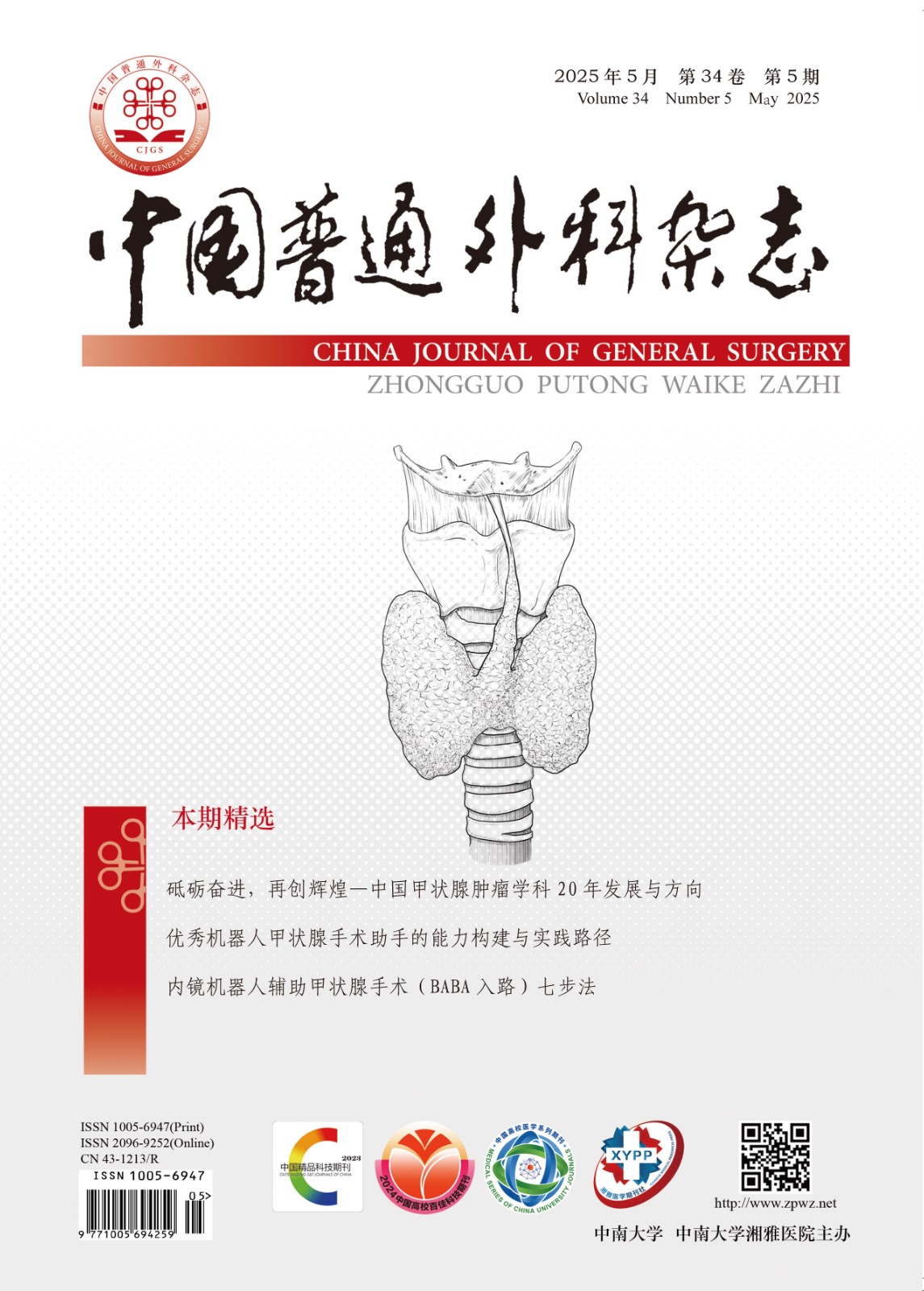Abstract:Vascular interventional surgery is a surgical method that uses instruments such as catheters and guide wires to enter the blood vessels through a minimally invasive skin puncture under visual image guidance and performs diagnosis and treatment on the lesion site. It has the advantages of small trauma, fast recovery, and few complications, and it has become the preferred treatment method for various diseases, such as cardiovascular and cerebrovascular diseases. However, due to the narrow and complex nature of blood vessels, manipulating catheters inside them becomes challenging, increasing the cognitive load on doctors, prolonging surgery time, and raising fatigue levels and surgical risks for operators and patients. On the other hand, vascular interventional surgery requires the high proficiency of doctors, and the number of doctors who can carry out many operations is limited. These greatly limit the broad application of vascular interventional surgery. Robot-assisted vascular interventional surgery has been expected to solve these problems for its accuracy, flexibility, and convenience. Realizing vascular interventional surgery's remoteization, intelligentization, and digitalization is essential. However, compared with other key technologies, such as image navigation and mechanical arm structure of vascular interventional surgery robots, force feedback technology still has a large gap. The lack of force feedback limits its application in complex and challenging, calcified, and chronic occlusive lesions. Therefore, this paper analyzes the fundamental problems, implementation methods, and technical requirements of force feedback technology for vascular interventional surgery robots and discusses the development direction of force feedback technology in combination with domestic and foreign research progress, providing theoretical reference and practical guidance for the research of force feedback technology for vascular interventional surgery robots. From the perspective of engineering design, the fundamental problems faced by force feedback technology are explained from two aspects: the problem of manual force perception and the problem of force compensation force loss, and the process of manual force perception, the range of perceived force, the causes of force loss and the method of force compensation are briefly described. Domestic and foreign research on force feedback technology for vascular interventional surgery robots is still in its infancy, mainly focusing on experimental verification and system development based on mechanical action, electrorheological fluid, and magnetorheological fluid. Although these methods can achieve a certain degree of force feedback effect, they also have some limitations and shortcomings: mechanical force feedback is difficult to overcome inertia; noise interference and large volume limit application scenarios; electrorheological fluid force feedback working voltage greatly exceeds human body safety threshold; magnetorheological fluid force feedback is accompanied by a large amount of heat and friction from the passive viscosity that interferes with accurate force presentation. Therefore, exploring more efficient, sensitive, stable, and suitable remote operation force feedback technology is necessary. In addition, "local force feedback" and "perceptual substitution" are two promising force feedback methods worth exploring. For the technical requirements of force feedback implementation, this paper analyzes in depth from sensor, force detection, and force feedback based on the force transmission process and elaborates on the latest research results at home and abroad. With the development of other interdisciplinary disciplines such as artificial intelligence, big data, the Internet of Things, wireless communication, materials science, and physics, more possibilities and innovations can be provided for force feedback technology for vascular interventional surgery robots. At the same time, establishing a monitoring platform based on information fusion technology, improving relevant laws and regulations, reducing costs, conducting clinical trials and validations, and integrating 5G and virtual reality technologies can enable broader applications of robot-assisted vascular intervention surgery.







































